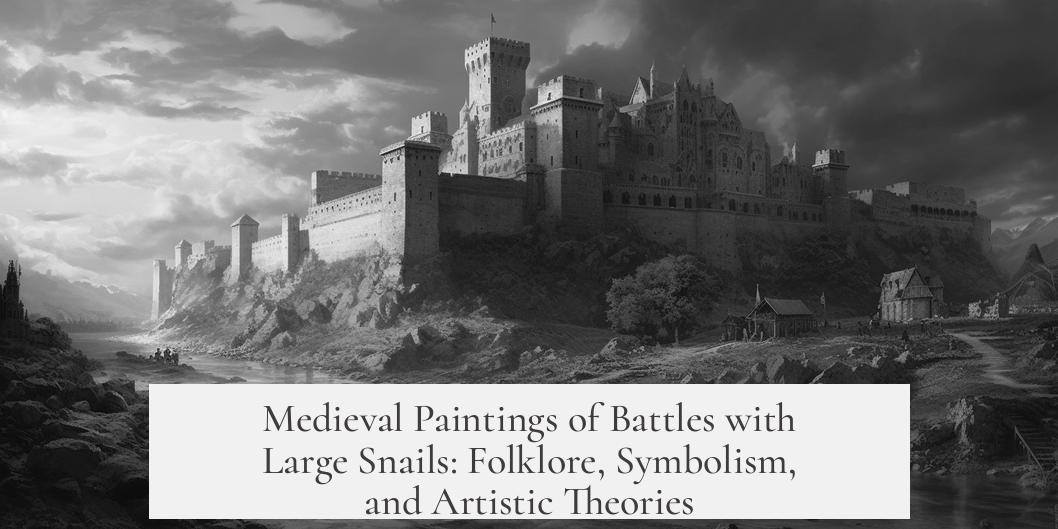Medieval paintings of people battling large snails remain a mystery with no definitive explanation. Scholars propose many theories, yet no consensus exists on why this unusual motif appears frequently in 13th to early 15th-century marginalia.
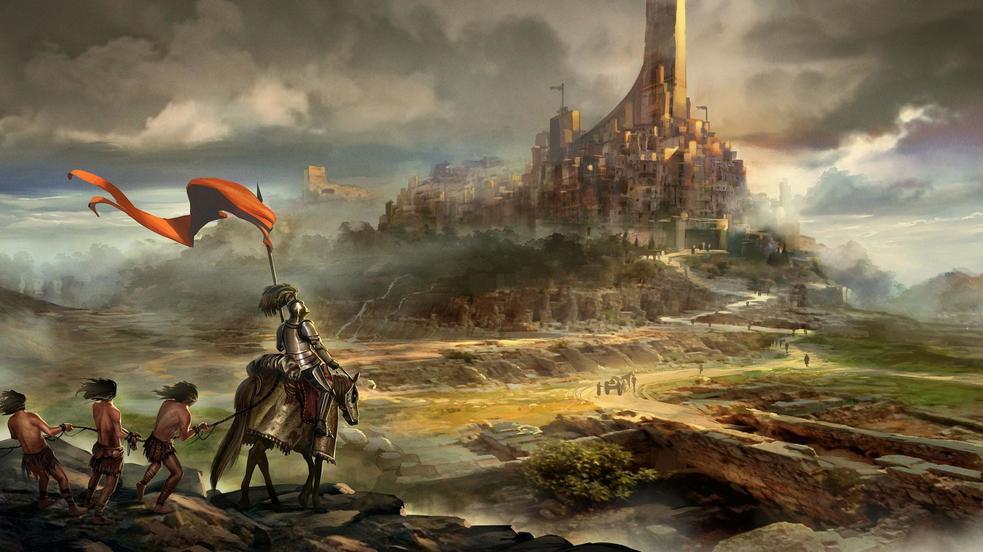
Medieval audiences found these images strange and amusing. They often mocked or parodied the motif, indicating a shared cultural awareness of its oddness. This suggests the snail battles were intentionally humorous or symbolic but layered with meaning now lost to us.
Michael Camille, a respected art historian, extensively studied this motif in his book Image on the Edge. He highlights several possible interpretations:
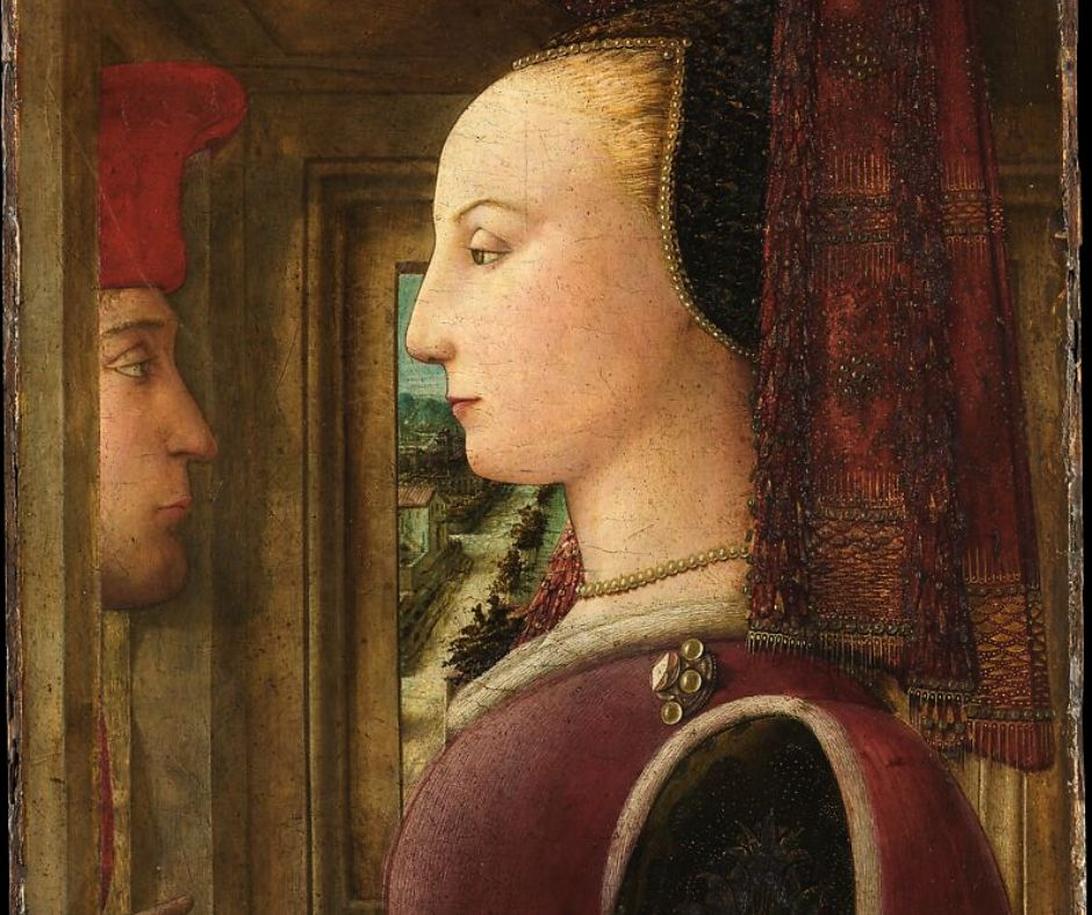
- Religious symbolism: Connections to biblical stories like the Raising of Lazarus may imply spiritual or moral meanings.
- Social allegory: Snails might represent social climbers or outsiders, analogous to individuals hiding behind castle walls.
- Historical references: Some link the snails to groups like the Lombards, invoking historical or political commentary.
- Sexual or lewd readings: Certain interpretations see the snails as representing more risqué or bodily themes.
Later, snail motifs appear in late 15th-century trompe l’oeil marginalia, a style known for visual tricks. However, Camille considers this period “The End of the Edge,” distinct from earlier symbolic uses. He tends to dismiss these later appearances as less meaningful.
In sum, many ideas surround these curious paintings, but no single explanation suffices. The image likely served multiple purposes, from humor to complex allegory. Its continued mystery invites ongoing scholarly debate.
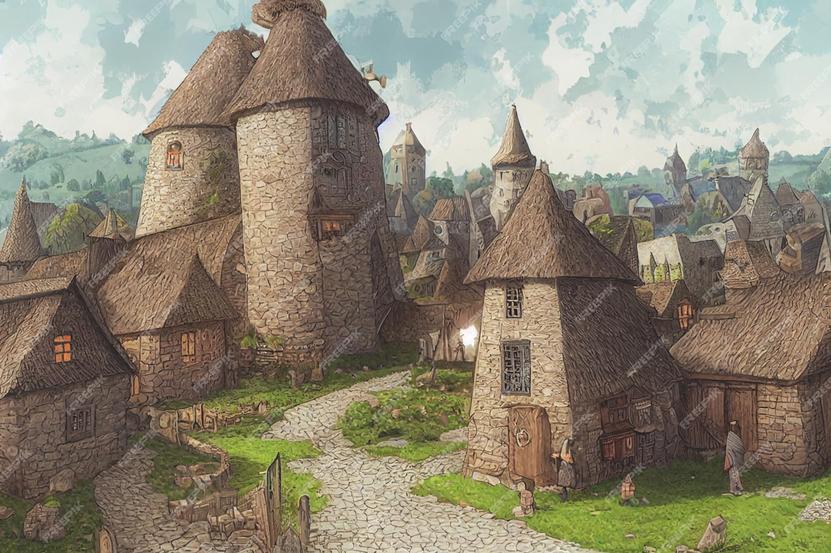
- No agreed-upon meaning for snail battles in medieval art exists.
- Medieval viewers recognized and parodied the strange motif.
- Michael Camille identifies religious, social, historical, and sexual interpretations.
- Later snail depictions in trompe l’oeil marginalia are considered less significant by scholars.
Why Are There So Many Medieval Paintings of People Battling Large Snails?
Let’s cut to the chase: no one really knows why people in medieval art are fighting giant snails. This is one of those delightful mysteries that art historians, scholars, and medieval enthusiasts have been chewing on for decades—but snail-shell remains elusive. The images pop up in the margins of manuscripts from the 13th to early 15th centuries, depicting tiny humans clashing fiercely with oversized snails. Strange. Bizarre. Hilarious.
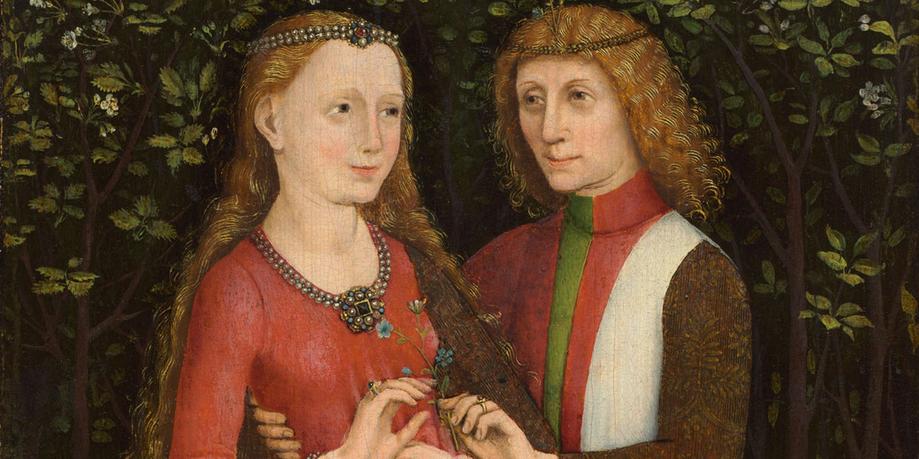
If you ever picture knights bravely dueling—only to find their opponent is a lumbering, slimy snail—you’re not alone. But why did medieval artists insist on this odd little motif? Let’s crack open the shell of possibilities and explore the art, the history, and the theories.
Medieval People Found It Weird, Too
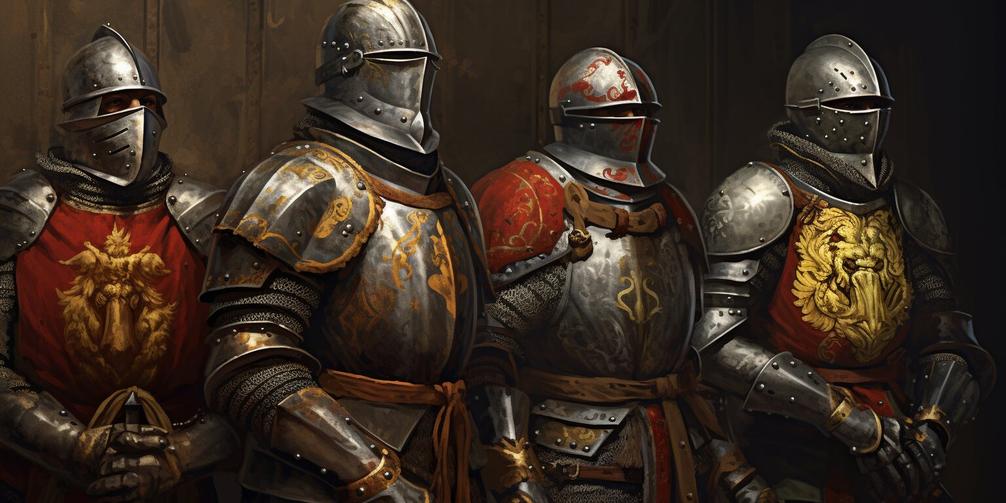
Here’s a fun fact: the medieval folks who lived at the time actually thought these snail battles were odd and even funny. Scratch that picture of them being stern and solemn—they had a cheeky sense of humor! The snail fight images were so curious that they sometimes became the butt of parodies. Yeah, people back then were poking fun at these marginal doodles, just like we meme things on social media today.
Consider this: if the contemporaries found it amusing and puzzling, chances are the image wasn’t meant to be straightforward or literal. It was possibly a kind of visual joke, a cryptic symbol, or maybe something akin to ancient “inside jokes” only some could understand.
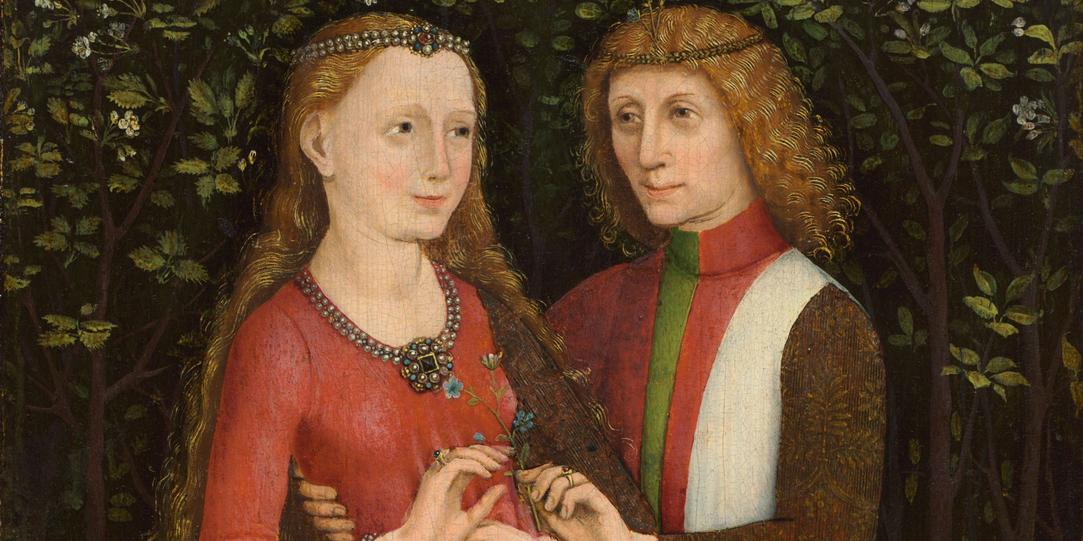
The Many Theories of Michael Camille
Michael Camille, a late and beloved art historian, delved deeply into this perplexing motif. In his book Image on the Edge, he explores the countless interpretations that have been proposed for these snail battles decorating manuscripts of the 13th to early 15th centuries.
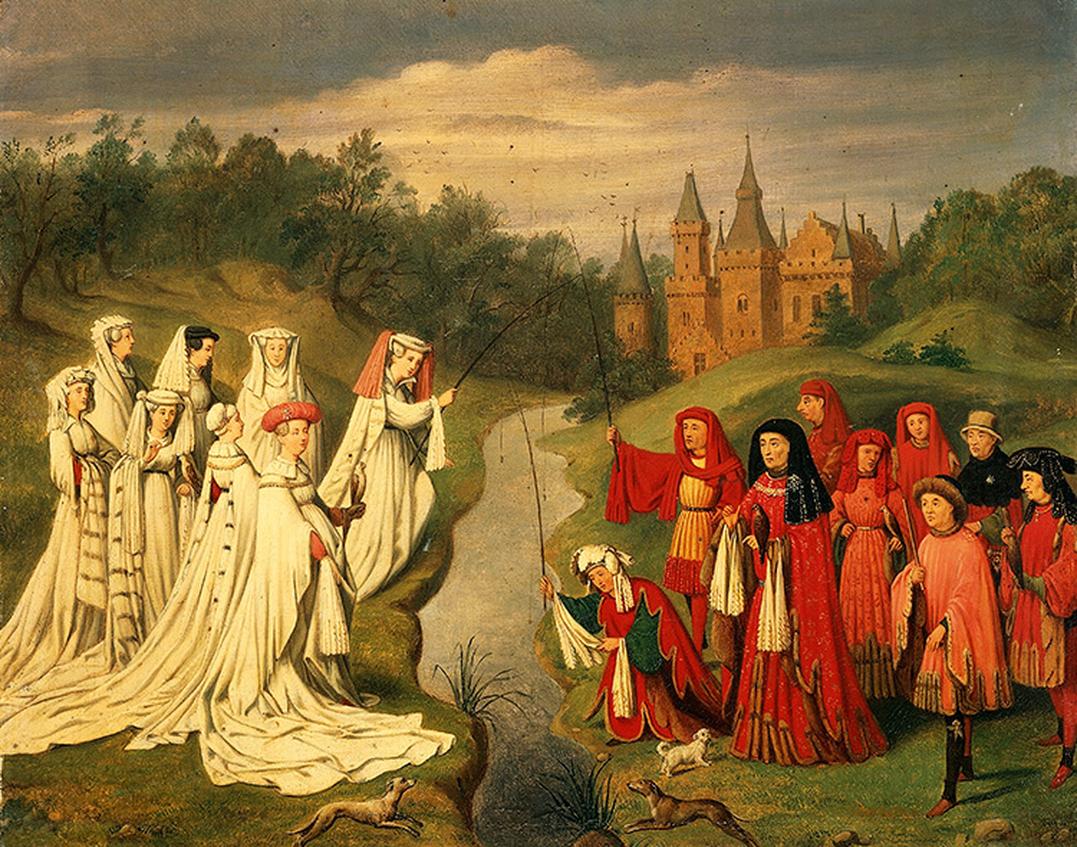
Camille’s research brings up these fascinating possibilities:
- A Biblical Nod: Some speculate the snails symbolize the Biblical story of the Raising of Lazarus, representing resurrection or slow-moving spiritual progress.
- Safe Havens: The snail’s shell could symbolize the castles where individuals lived cloistered away, protected but also isolated.
- Historical Figures: The Lombards—an ancient people thought to be invaders or outsiders—have been suggested as metaphorical snails invading “friendly” territory.
- Social Climbing Satire: The image could be a metaphor for social climbers or political aspirations, likening their slow but persistent rise to a snail’s pace.
- Lewd Interpretations: Some scholars suggest the motif might contain sexual or bawdy symbolism, although concrete proof is scarce.
With such a range of ideas, it’s no wonder scholars disagree. Camille presents these interpretations without choosing a definitive answer. It’s like the medieval equivalent of trying to guess why your neighbor keeps a garden gnome army—it just defies simple explanation.
What About Those Trompe l’Oeil Snails?
Jump to the late 15th century, and the snail motif evolves into appearances in something called trompe l’oeil marginalia—art tricks that fool the eye into seeing three dimensions. But Camille isn’t too impressed with these later examples, dismissing them as “The End of the Edge.” His point being, these later snail images were less significant or meaningful in the grand scheme and more like whimsical flourishes.
This view isn’t without controversy. Some might argue that even late appearances contain their own clever stories and meanings. But it’s clear that the core, mysterious medieval snail battles belong primarily to an earlier era when meanings were possibly richer and more cryptic.
Snails as Symbols? Or Just Playful Margins?
The big mystery is this: Did the large snail fighters serve as profound symbols or just playful, odd diversions in the illuminated manuscripts? We’re left pondering.
Maybe the snails represent slow, pesky adversaries—like the everyday struggles medieval people faced. Or maybe they’re just a medieval artist’s playful stab at creativity, injecting fun into otherwise serious religious or historical texts.
When you think about it, the snail’s toughness combined with its slow speed makes for a perfect odd antagonist in art: defeated but stubborn, slow-moving but persistent. That’s a metaphor many humans relate to, even today.
What Can You Take Away From This Snail Conundrum?
If you want practical advice inspired by medieval snail battles, here it is: don’t be afraid to wrestle with the strange and confusing. Sometimes, meaning hides in humor, parody, or contradiction. Embrace the unknown and laugh a little at life’s odd “giant snails.” Let those medieval doodles remind you that not everything needs a logical explanation.
So, the next time you see an image of a knight facing a giant snail, ask yourself:
- Could this represent a slow battle against an unlikely foe, one we all face in some form?
- Is this a satirical jab, poking fun at social structures or human foibles?
- Does it highlight a hidden story or symbol lost to time, waiting to be rediscovered?
The beauty of art—and medieval art at that—is that it invites questions more than it offers conclusive answers. And as long as that remains true, the mystery of the giant snails stays alive, enchanting and bewildering us like it did the people who lived centuries ago.

